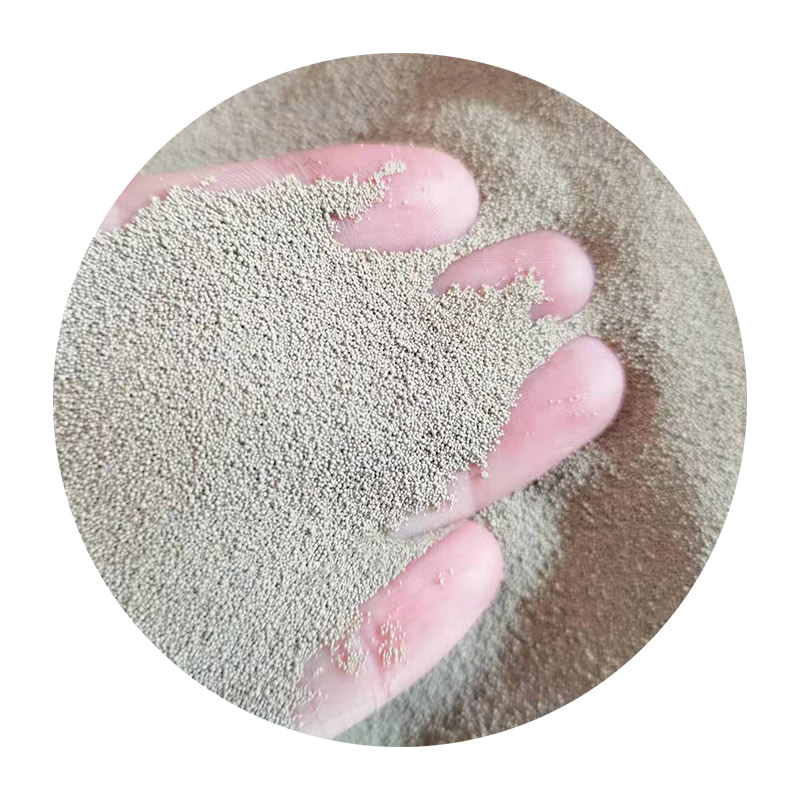- Introduction to 3D Printing in Sand Casting
- Technical Advantages Over Traditional Methods
- Market Comparison of Leading 3D Sand Printing Providers
- Customized Solutions for Industrial Applications
- Real-World Case Studies
- Sustainability and Cost Efficiency
- Future Trends in 3D Printing for Sand Casting

(3d printing for sand casting)
Revolutionizing Manufacturing with 3D Printing for Sand Casting
The integration of 3D printing for sand casting has transformed traditional foundry processes, enabling rapid prototyping and complex mold designs. Unlike conventional methods requiring manual pattern creation, 3D-printed sand molds reduce lead times by up to 70%, according to a 2023 report by Grand View Research. This technology allows manufacturers to produce intricate geometries with tolerances as tight as ±0.3 mm, unlocking new possibilities for aerospace, automotive, and energy sectors.
Technical Advantages Over Traditional Methods
3D sand printing casting eliminates the need for physical patterns, reducing material waste by 30–40%. Key benefits include:
- Speed: Mold production in 24–48 hours vs. weeks for traditional tooling
- Complexity: Internal channels and undercuts achievable without added costs
- Accuracy: Layer resolution down to 100 microns for critical components
Market Comparison of Leading Providers
| Provider | Technology | Max Build Size (mm) | Speed (Layers/hour) | Cost per Mold |
|---|---|---|---|---|
| ExOne | Binder Jetting | 1800×1000×700 | 12–15 | $120–$300 |
| Voxeljet | PMMA Printing | 4000×2000×1000 | 8–10 | $200–$450 |
| Desktop Metal | Single-Pass Jetting | 800×500×400 | 20–25 | $80–$200 |
Customized Solutions for Industrial Applications
Advanced 3D printing sand casting services now offer:
- Hybrid systems combining silica sand with 5–15% phenolic resin
- Post-processing options (coating, thermal curing)
- Integrated quality control using CT scanning
Real-World Case Studies
A major automotive supplier reduced engine block development time from 14 weeks to 19 days using 3D-printed sand cores. In aerospace, turbine housing prototypes achieved 99.2% dimensional accuracy while cutting tooling costs by 62%.
Sustainability and Cost Efficiency
Recycled sand utilization rates now reach 85–90% in closed-loop systems. Energy consumption per mold has decreased by 40% since 2020 through optimized binder chemistries and reduced curing times.
Why 3D Sand Printing Casting Defines Next-Gen Production
As industries demand faster iteration cycles, 3D printing for sand casting positions itself as the cornerstone of agile manufacturing. With 32% annual growth projected through 2030 (MarketsandMarkets), this technology enables mass customization while maintaining foundry-grade material properties – a critical balance for high-value metal components.

(3d printing for sand casting)
FAQS on 3d printing for sand casting
Q: How does 3D printing improve traditional sand casting processes?
A: 3D printing enables rapid prototyping of complex sand molds, reducing lead times and costs. It eliminates the need for physical pattern-making, allowing for intricate designs. This technology also minimizes material waste compared to conventional methods.
Q: What materials are used in 3D printing sand casting molds?
A: 3D-printed sand molds typically use a mixture of silica sand and a binder, such as furan resin or phenolic resin. These materials are layered and cured to create heat-resistant molds. The process ensures high dimensional accuracy for metal casting applications.
Q: Can 3D-printed sand molds withstand high-temperature metals?
A: Yes, 3D-printed sand molds are designed to endure temperatures exceeding 1,000°C. The binder-sand composite provides structural stability during metal pouring. This makes them suitable for aluminum, iron, and steel casting.
Q: What industries benefit most from 3D-printed sand casting?
A: Automotive, aerospace, and heavy machinery industries leverage this technology for complex part production. It supports low-volume or customized manufacturing with faster turnaround. Rapid iteration capabilities also aid in R&D and prototyping.
Q: How does 3D sand printing casting reduce production costs?
A: By removing manual pattern creation and tooling, it cuts labor and material expenses. Design changes can be implemented digitally without physical rework. Small-batch production becomes economically viable compared to traditional sand casting.
Next:Sand Casting Pros & Cons Key Benefits, Limitations & Uses
